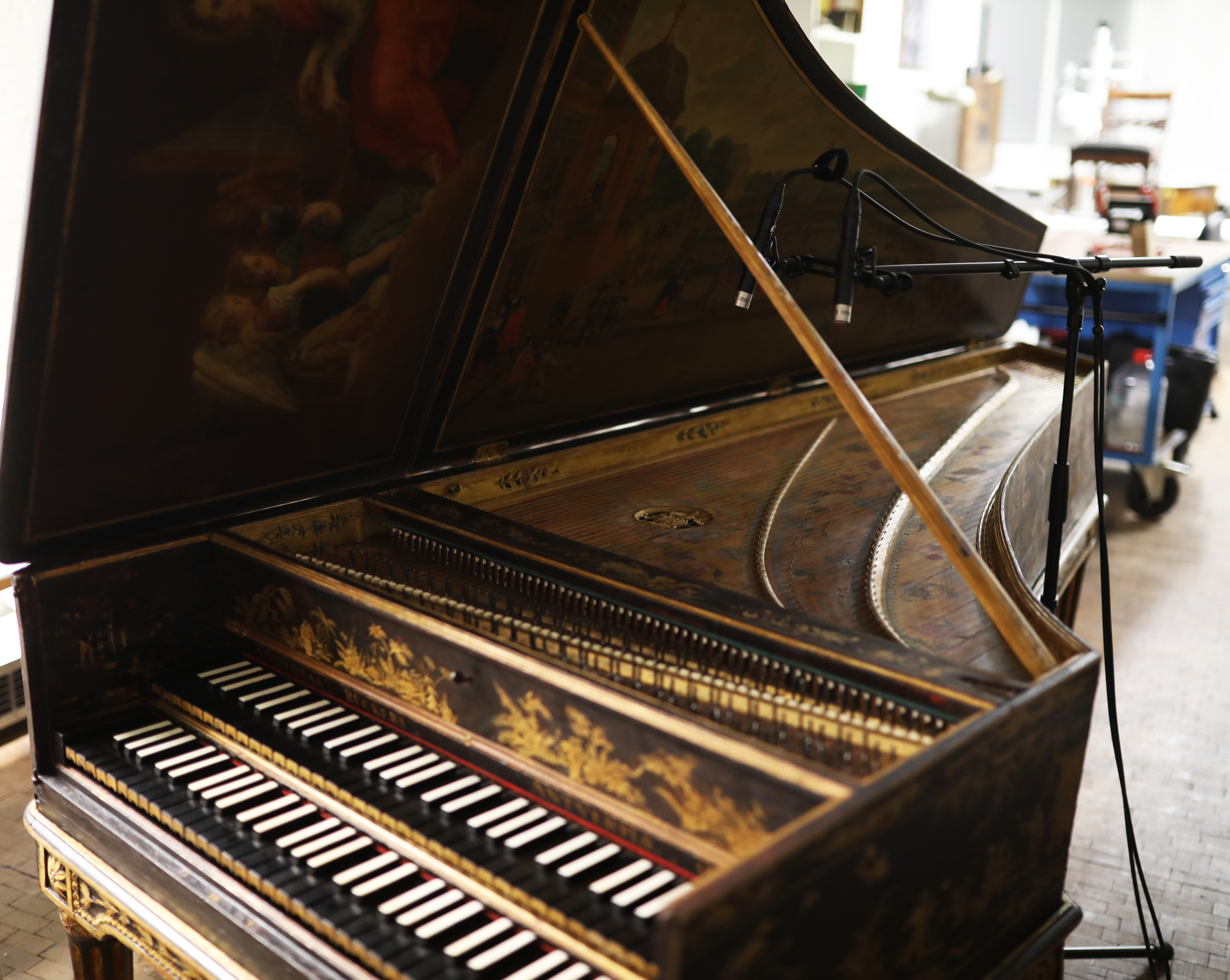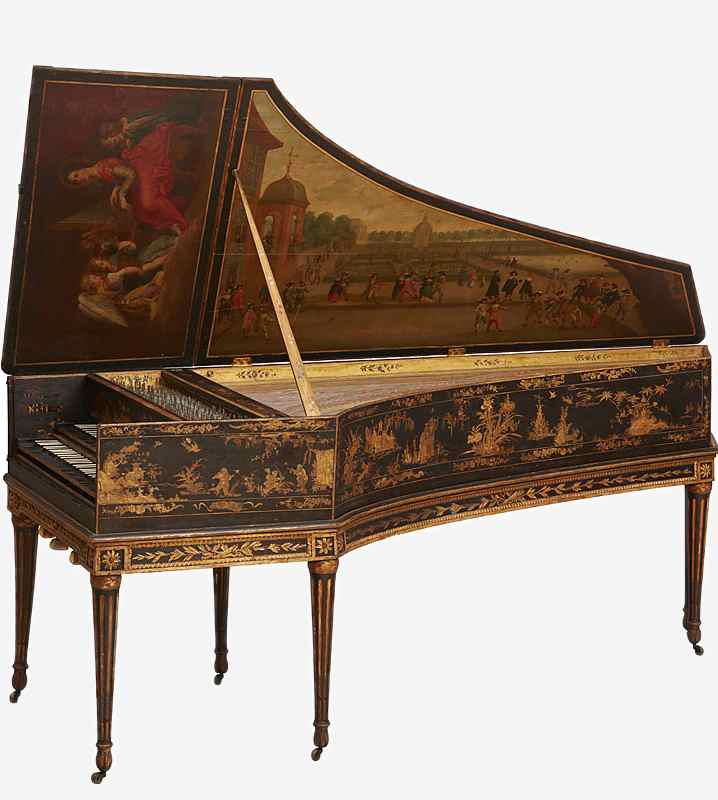Parallel-
Interpretation
In the sound of the 18th and 21st century
The sound of an instruments from the time for which a composer created his music can be very helpful in bringing us closer to the composer's musical imagination.
The sound of historical music on a good modern instrument can help to bring the musical meaning of this music closer to our own musical imagination.
That is why the works of the harpsichordist Jaques Duphly are presented here both in the sound of a historical harpsichord and of a modern grand piano.


 Jaques Duphly
Jaques Duphly

